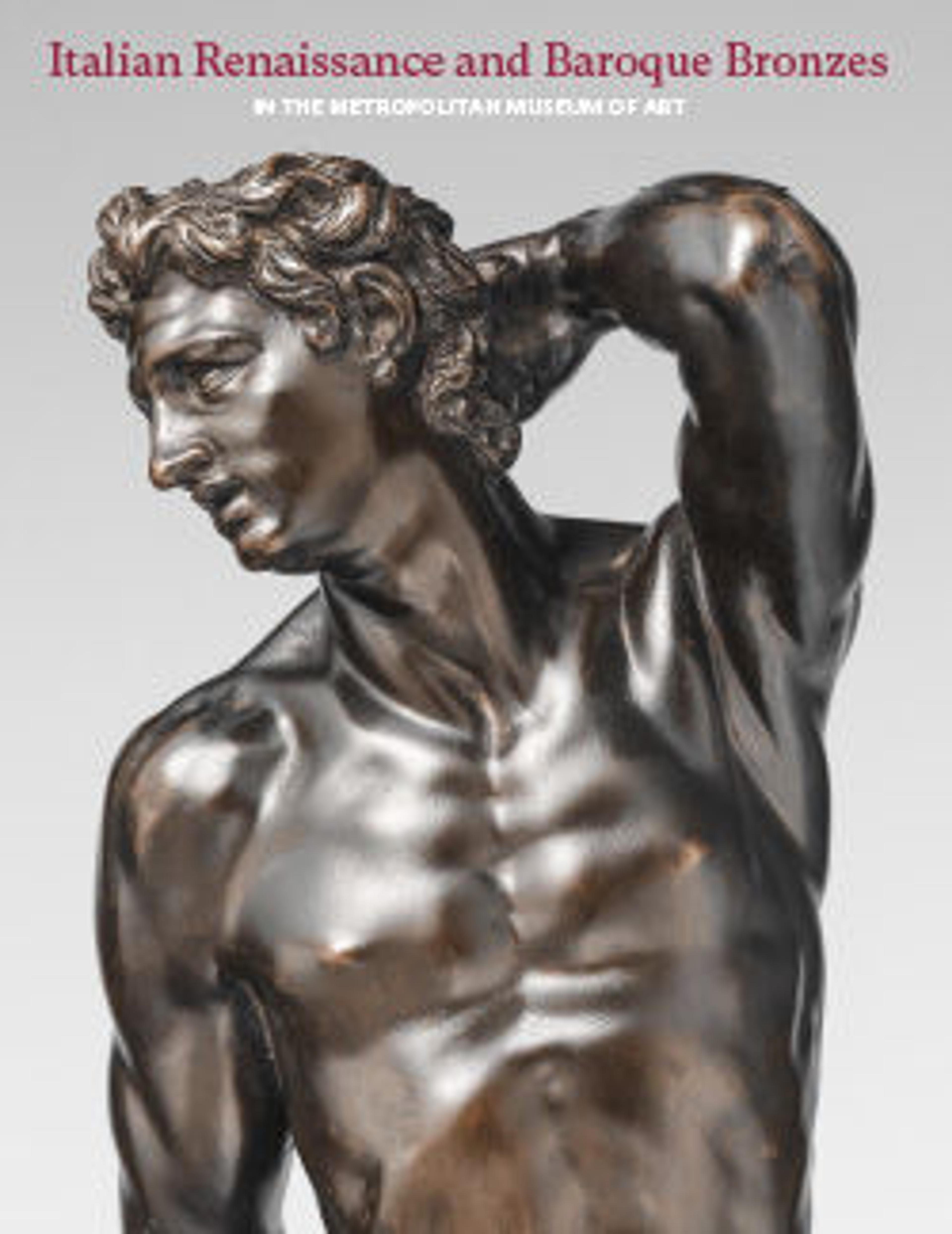Altar candlestick (one of a pair)
These candlesticks were probably made for a church altar. The pair entered The Met with the donation of J. Pierpont Morgan in 1917 but seem never to have been on view. They were previously dated to the eighteenth century, however the style and materials point to an earlier date, possibly the second decade of the seventeenth century. The combination of rock crystal and gilt bronze was common in Italian production of metal religious objects in the early seicento. Here, the ornate rock crystal and the cherubs, their hair adorned with small flowers, recall the decorative output of Stefano Maderno and his workshop. Maderno was a prominent sculptor and gifted metalworker in Rome at the beginning of the seventeenth century.[1] The candlesticks could have been designed and then cast in one of the numerous goldsmiths’ shops active around the 1610s, after the completion of the monumental ciborium in the Sistine Chapel in the Basilica of Santa Maria Maggiore and the high altar of Santa Cecilia in Trastevere, where many sculptors and goldsmiths jointly produced lavish decorations under Maderno’s supervision.
-PD’A
Footnotes
(For key to shortened references see bibliography in Allen, Italian Renaissance and Baroque Bronzes in The Metropolitan Museum of Art. NY: The Metropolitan Museum of Art, 2022.)
1. For Stefano Maderno, see Dickerson 2008 and Arnaboldi 2008.
-PD’A
Footnotes
(For key to shortened references see bibliography in Allen, Italian Renaissance and Baroque Bronzes in The Metropolitan Museum of Art. NY: The Metropolitan Museum of Art, 2022.)
1. For Stefano Maderno, see Dickerson 2008 and Arnaboldi 2008.
Artwork Details
- Title:Altar candlestick (one of a pair)
- Date:1610–20
- Culture:Italian, possibly Rome
- Medium:Bronze, fire-gilt; rock crystal
- Dimensions:Overall (confirmed): 26 1/2 × 7 1/2 × 8 in. (67.3 × 19.1 × 20.3 cm)
- Classification:Natural Substances-Rock Crystal
- Credit Line:Gift of J. Pierpont Morgan, 1917
- Object Number:17.190.831
- Curatorial Department: European Sculpture and Decorative Arts
More Artwork
Research Resources
The Met provides unparalleled resources for research and welcomes an international community of students and scholars. The Met's Open Access API is where creators and researchers can connect to the The Met collection. Open Access data and public domain images are available for unrestricted commercial and noncommercial use without permission or fee.
To request images under copyright and other restrictions, please use this Image Request form.
Feedback
We continue to research and examine historical and cultural context for objects in The Met collection. If you have comments or questions about this object record, please contact us using the form below. The Museum looks forward to receiving your comments.
